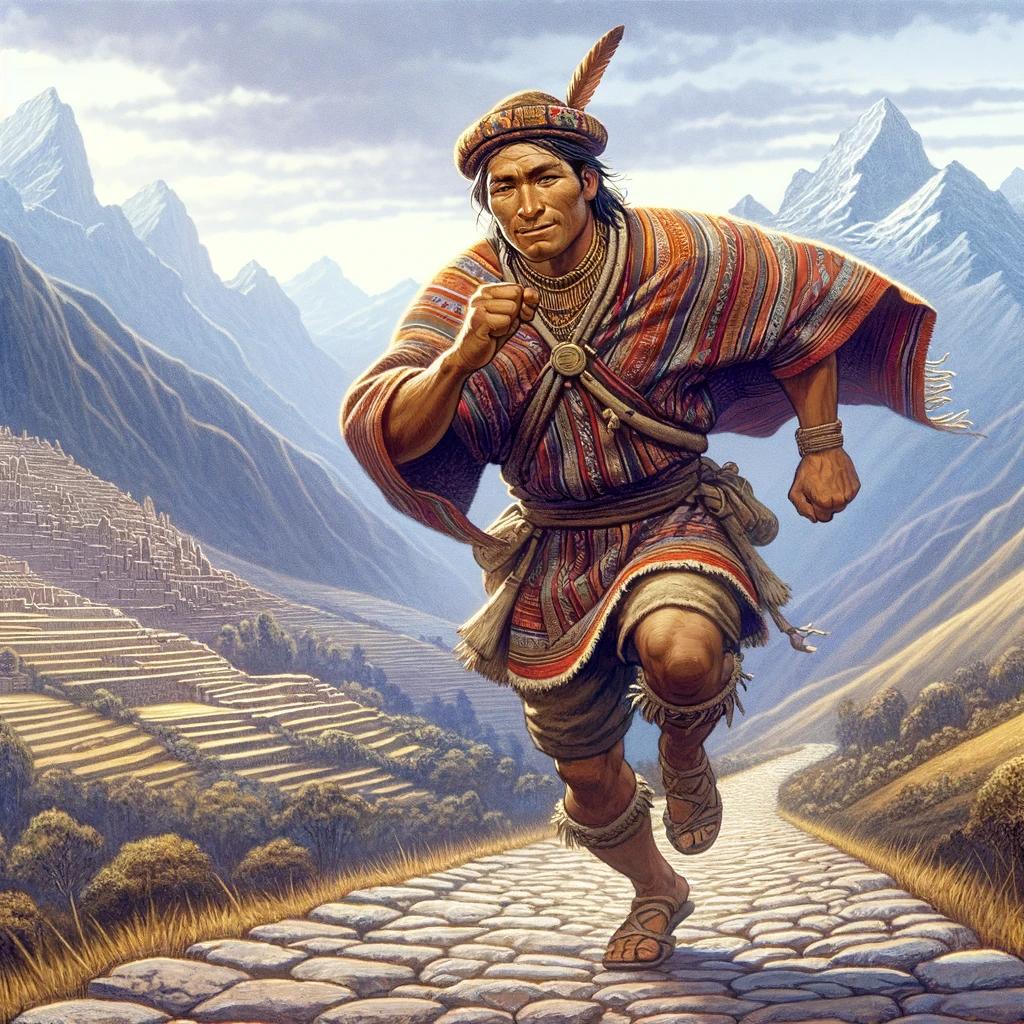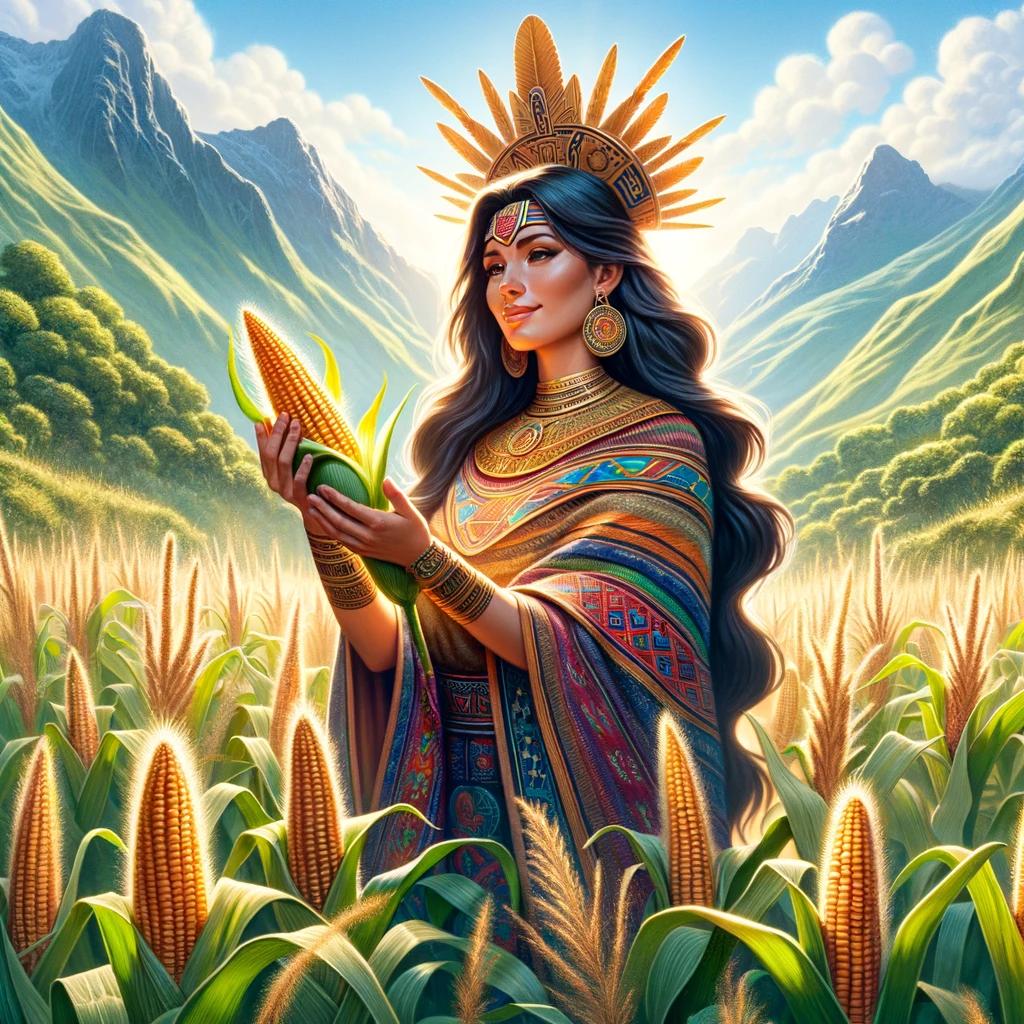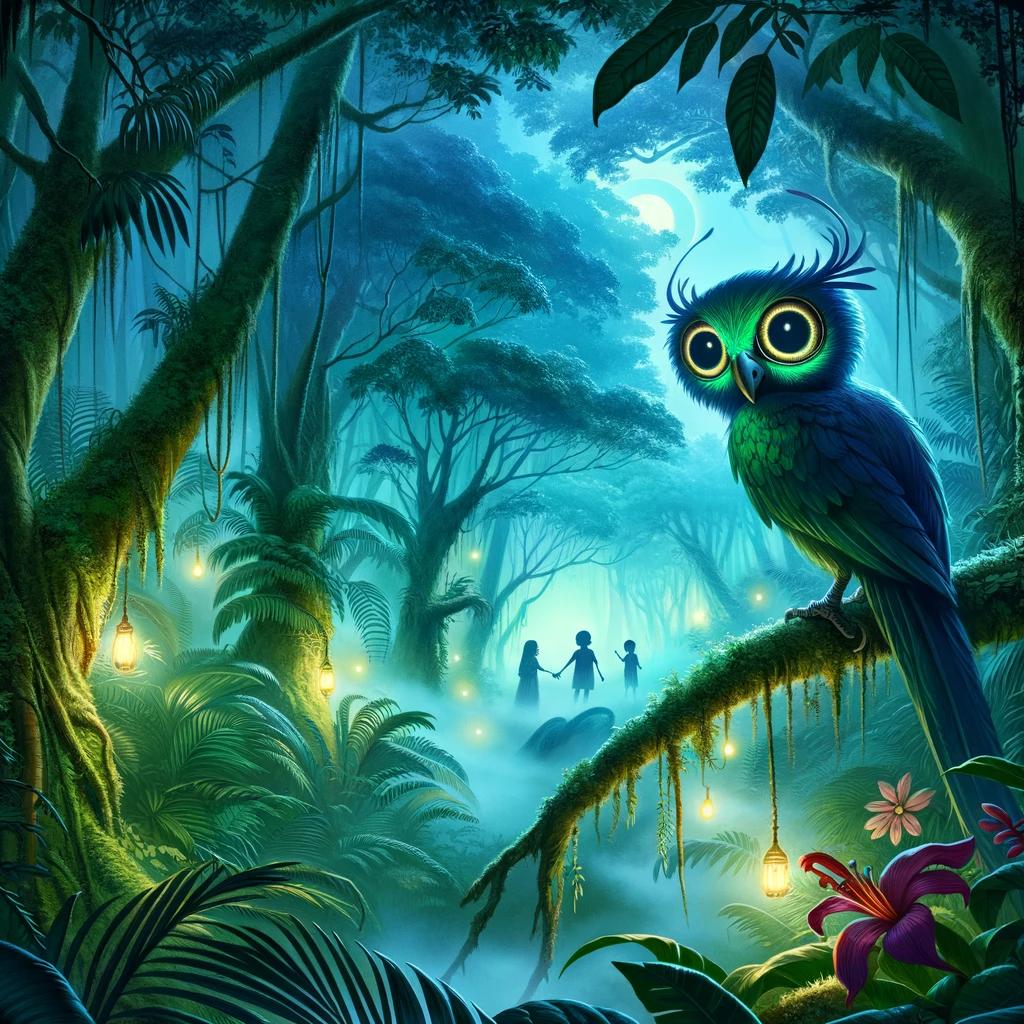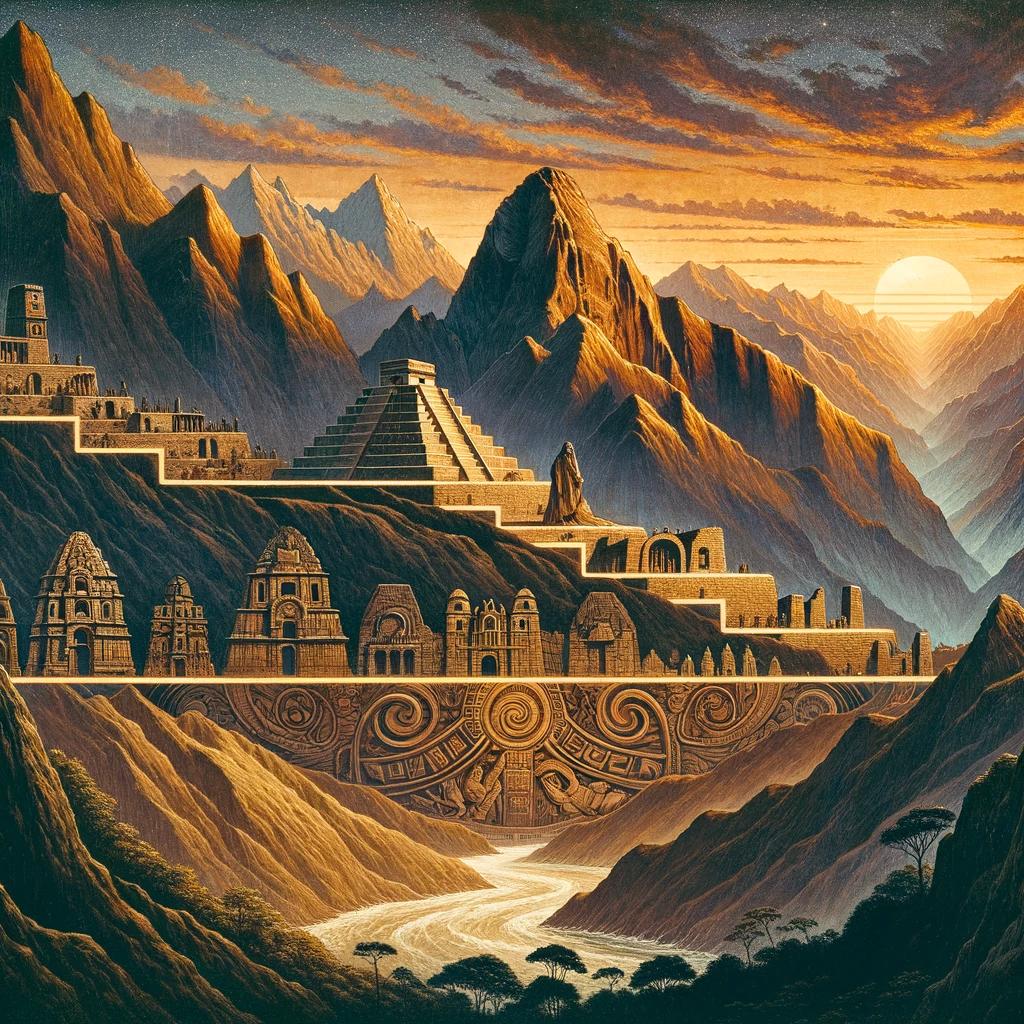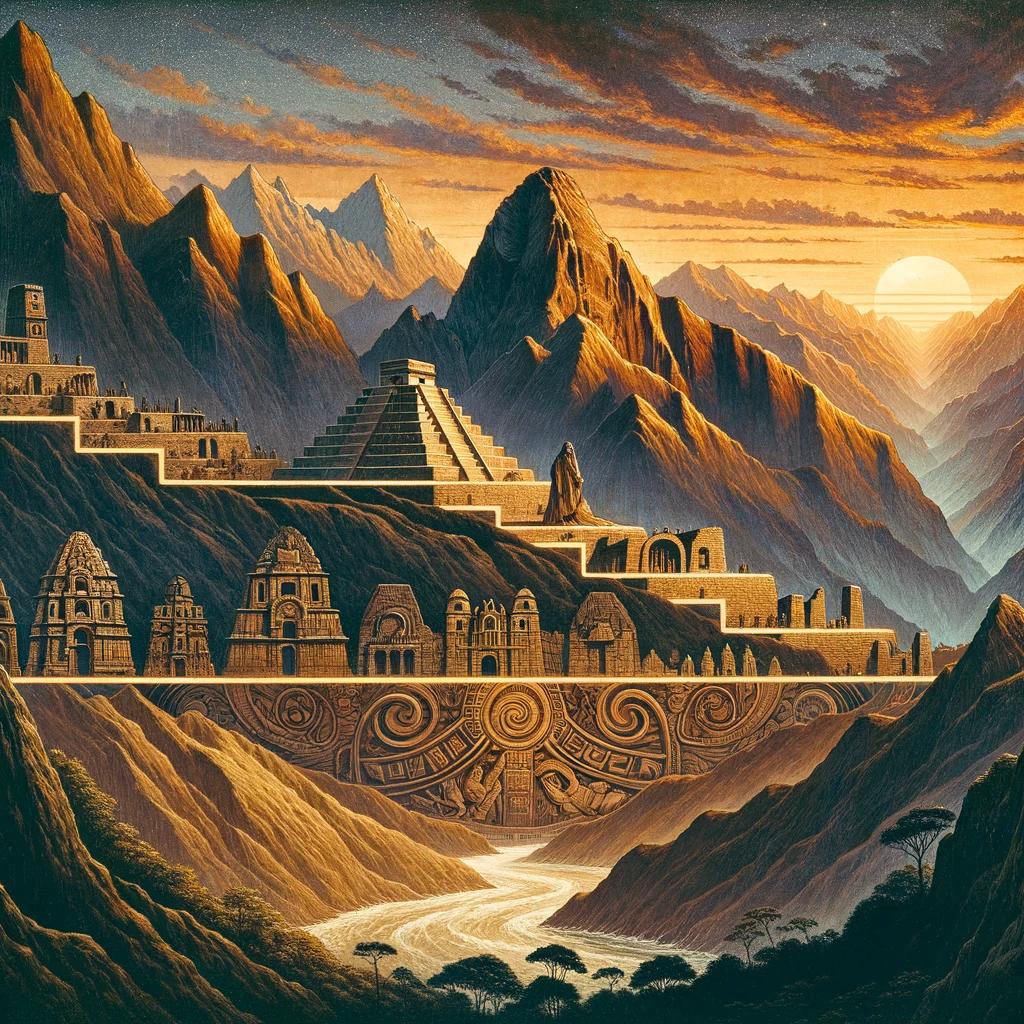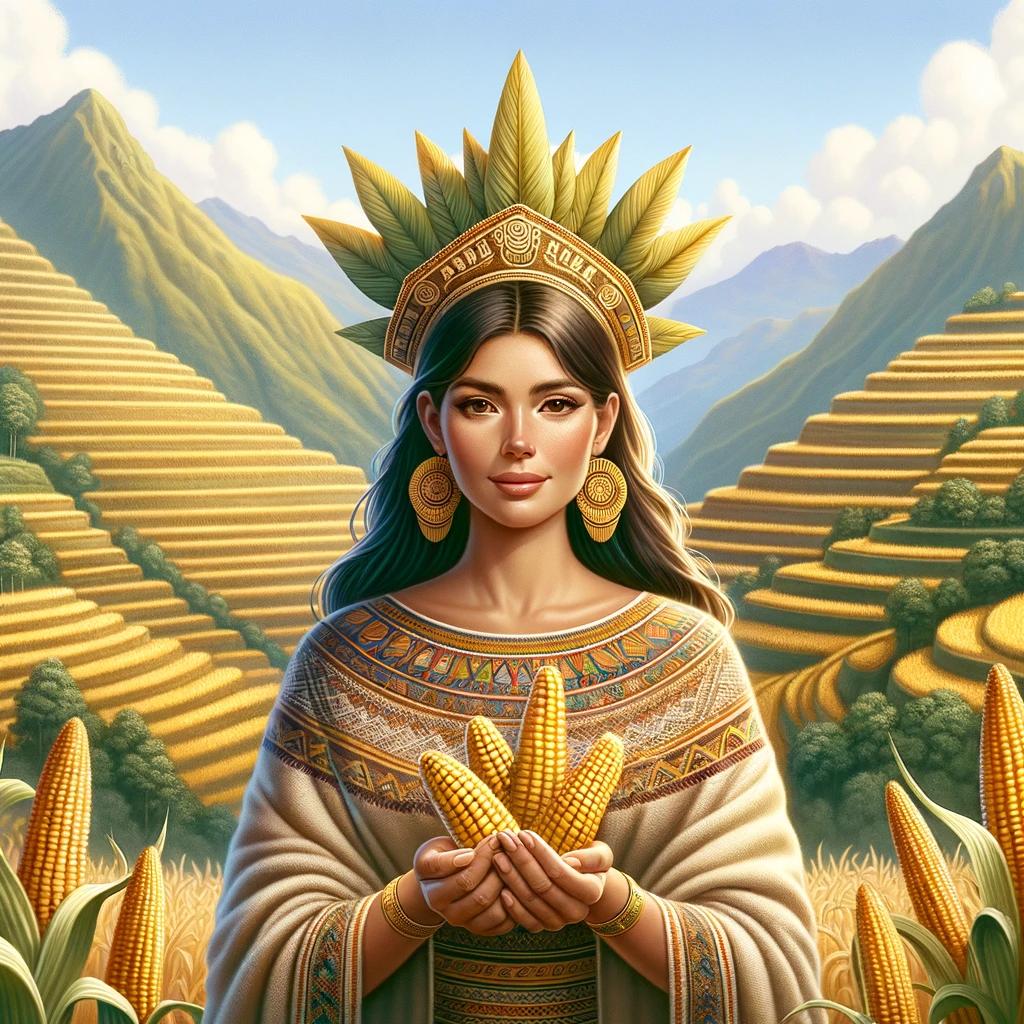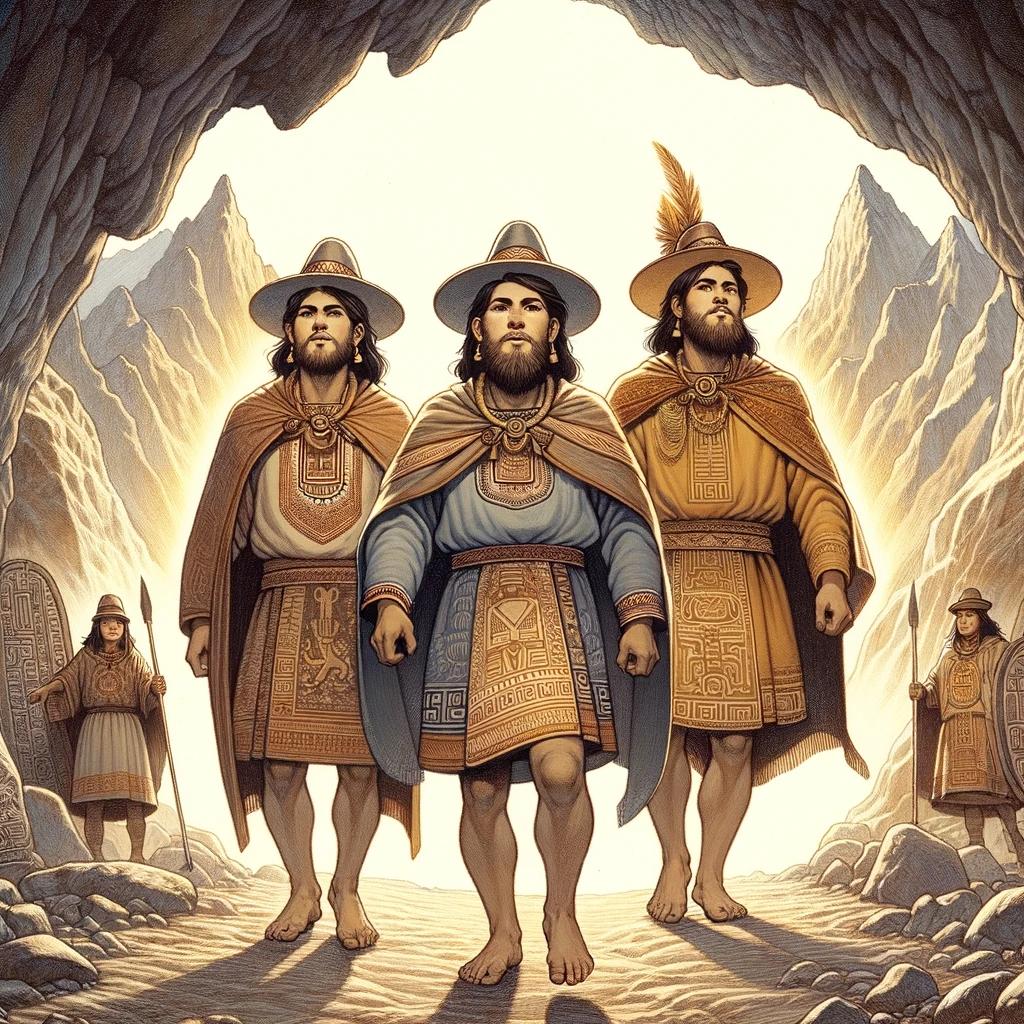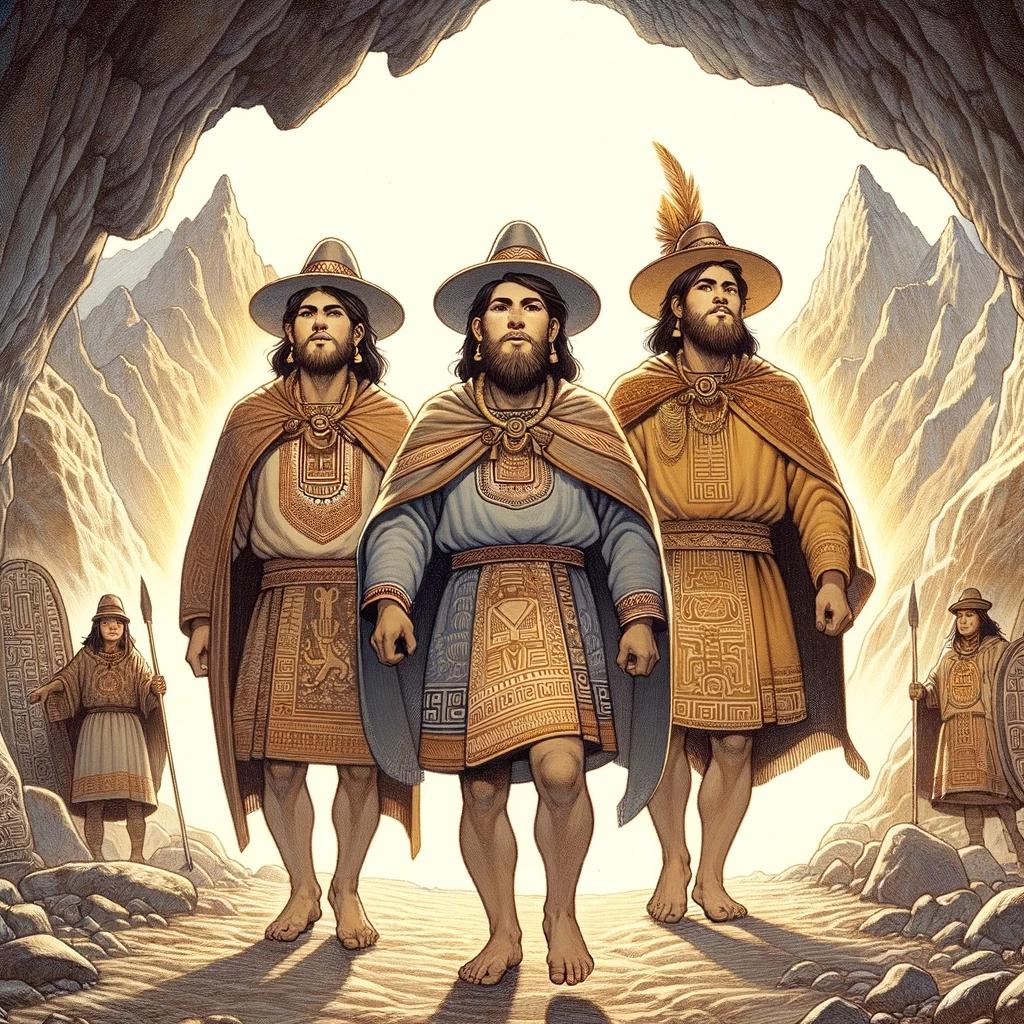Inca Mythology Stories: Unveiling the Ancient Legends of the Inca Empire
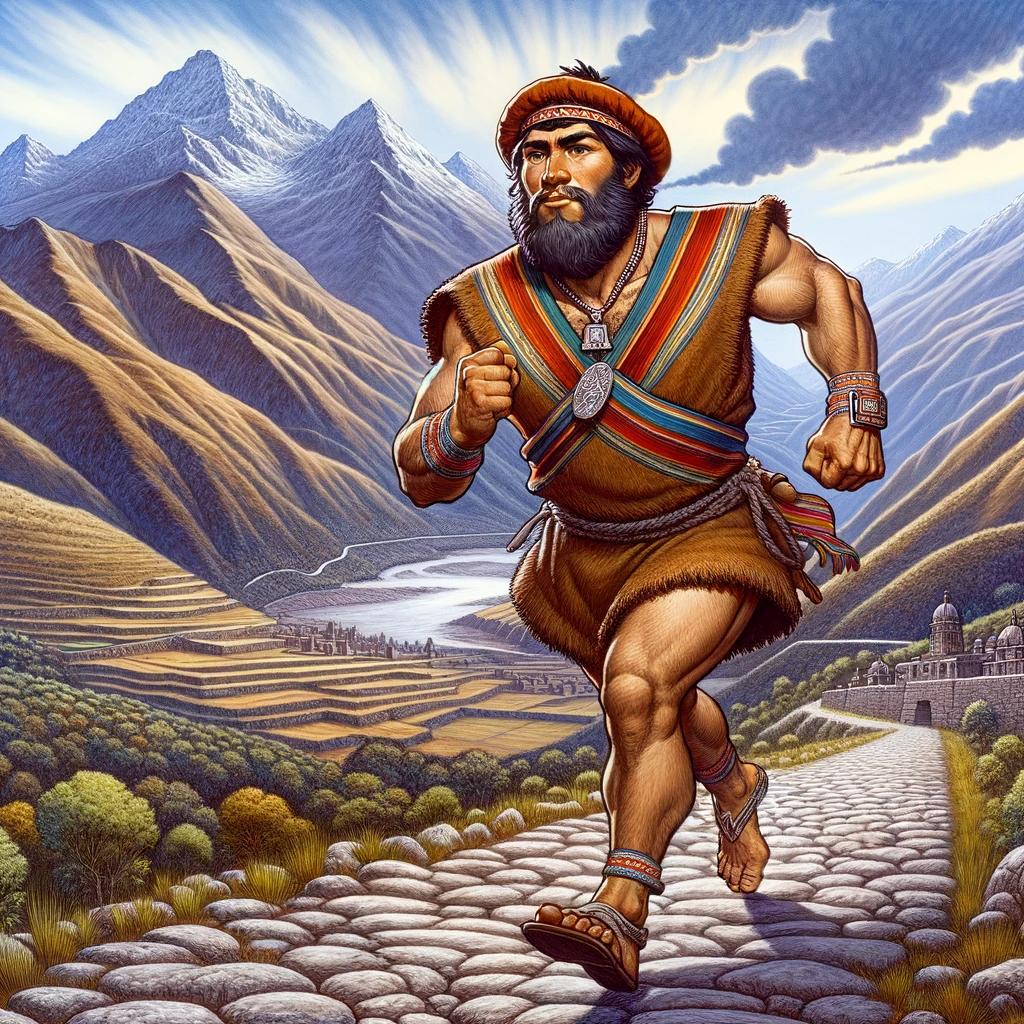
Inca Mythology Stories explores the rich mythical heritage of the Inca Empire. Delve into the realm of Inca gods, such as Inti, the powerful Sun God, and Supay, the enigmatic God of the Underworld.
Discover captivating legends, like the Creation Myth and the tale of Manco Capac and Mama Ocllo, the revered founders of the Inca people. Immerse yourself in the cosmology of the Inca, with stories of the sky, the earth, and sacred places like the Milky Way and Lake Titicaca.
Uncover the ancient beliefs, rituals, and the enduring influence of Inca mythology in modern culture.
Inca Gods
Explore the fascinating realm of Inca mythology through the gods and deities worshipped by the Inca people. This section delves into the divine figures revered in the Inca Empire, showcasing their significance in shaping the Inca culture and religious practices.
Inti the Inca Sun God
Inti, the radiant Inca Sun God, held a paramount role in Inca cosmology and daily life. Representing warmth, light, and fertility, Inti was worshipped as the supreme deity. Discover the myths and rituals surrounding Inti, and how the Inca worshipped and revered this celestial figure.
Supay, the Inca God of the Underworld
Descend into the depths of the Inca underworld with Supay, the enigmatic god ruling over death and the afterlife. Learn about the myths and beliefs surrounding Supay, as well as the rituals and offerings devoted to appeasing this underworld deity.
Explore the role of Supay in Inca cosmology and its significance in understanding the Inca perception of the afterlife.
Legends and Myths of the Inca Empire
Journey into the mystical world of the Inca Empire, where a tapestry of captivating legends and myths awaits. These stories offer a glimpse into the profound beliefs and cultural heritage of the Inca people.
The Creation Myth
At the heart of Inca mythology lies the Creation Myth, a tale that tells of the origins of the universe and the birth of the Inca civilization. According to this myth, the sun god Inti brought forth the first Inca ruler, Manco Capac, and his sister Mama Ocllo, from the depths of Lake Titicaca.
In this enchanting legend, Inti bestowed upon Manco Capac a golden staff, instructing him to find a place where the staff would easily sink into the ground. This would mark the sacred location where the Inca Empire would be established, and it eventually led them to the Cusco Valley.
Manco Capac and Mama Ocllo: The Founders of the Inca People
The legendary founding couple, Manco Capac and Mama Ocllo, were revered as divine beings who brought knowledge, prosperity, and civilization to the Inca Empire. They taught the Inca people the art of farming, built extensive irrigation systems, and established the first temples and sacred rituals.
Their leadership and wisdom were instrumental in shaping the Inca society, and their lineage continued to rule throughout the Inca Empire. The story of Manco Capac and Mama Ocllo exemplifies the deep connection between the divine and human realms, as well as the reverence for ancestral figures within Inca mythology.
Explore these captivating legends and myths, as they unravel the intricate tapestry of the Inca Empire’s cultural and spiritual heritage. The stories of the Creation Myth and the founders, Manco Capac and Mama Ocllo, illuminate the origins of this ancient civilization and provide insights into the beliefs and values that permeated Inca society.
Inca Mythology Stories: Tales of Deities and Heroes
Embark on a captivating journey into the world of Inca mythology, filled with extraordinary tales of powerful gods, epic heroes, and celestial landscapes. In this section, we explore two fascinating themes that unravel the intricate tapestry of Inca cosmology and the significance of sacred places within their mythology.
The Sky and the Earth: Inca Cosmology
At the heart of Inca mythology lies the belief in the harmonious connection between the sky and the earth. The Inca people revered celestial deities and saw the sky as a divine realm closely intertwined with life on earth.
They believed in the existence of different celestial layers, each governed by influential gods and celestial spirits.
The Inca associated various natural phenomena, such as thunder and lightning, with the powerful god Illapa. They believed that the gods communicated through lightning strikes, conveying their divine messages to the mortal realm.
Furthermore, the Inca recognized constellations as celestial maps guiding their agricultural calendars and navigation.
The Milky Way and Lake Titicaca: Sacred Places in Inca Mythology
Within Inca mythology, certain locations held immense sacred significance. Among them, the mystical Milky Way and the enchanting Lake Titicaca stood out as sacred sites of profound importance.
The Milky Way, known as “Mama Quilla’s path” (the moon goddess), was considered a heavenly river that united the celestial and terrestrial realms.
It symbolized the journey of the soul after death, guiding departed spirits to their final destination. This ethereal connection between the sky and the earth mirrored the Inca’s deep-rooted belief in the continuity of life and an afterlife.
Lake Titicaca, nestled high in the Andes, was revered as the birthplace of the Inca civilization and an intersection of the divine and mortal worlds. According to legend, the first Inca emperor, Manco Capac, and his sister-wife, Mama Ocllo, emerged from the depths of the lake, bestowing upon the Inca people their knowledge and guidance.
The lake’s tranquil waters were believed to possess healing properties and were a sacred site for spiritual ceremonies and rituals.
These tales of deities and sacred places in Inca mythology offer a glimpse into the profound spiritual beliefs and cultural heritage of this ancient civilization.
They continue to captivate the imagination and inspire countless interpretations in art, literature, and contemporary media.
Beliefs and Rituals in Inca Mythology
Inca Mythology is deeply rooted in the beliefs and rituals of the Inca Empire. This section explores the significant aspects of their religious practices.
The Worship of Inti: Sun Worship in the Inca Empire
The Inca people regarded Inti, the Sun God, as one of their most important deities.
They believed that Inti was the ancestor of the Inca rulers and the divine entity responsible for bringing light and warmth to the world. Sun worship played a central role in Inca rituals and ceremonies.
The Inca would regularly offer sacrifices to Inti to show their gratitude for the sun’s vital energy. They believed that these offerings would ensure agricultural abundance and prosperity for their civilization.
Priests and shamans played a crucial role in conducting these ceremonies, which involved intricate rituals, incantations, and chanting.
Ancestor Worship and the Connection to the Spirit World
Another significant aspect of Inca mythology was the worship of ancestors and the belief in the connection to the spirit world. The Inca believed that their ancestors continued to play a crucial role in their daily lives, offering guidance, protection, and blessings.
Through elaborate ceremonies and rituals, the Inca would honor their ancestors and seek their wisdom and support. These rituals often took place at sacred sites or ancestral shrines, where offerings such as food, drinks, and precious objects would be presented.
These ceremonies involved prayers, songs, and dances to establish a connection with the spirit world.
- Ancestor worship ensured the continuity of the lineage and the preservation of Inca traditions and values.
- It also provided a spiritual connection between the living and the deceased, fostering a sense of unity and harmony within the Inca community.
- The Inca believed that their ancestors had the power to intercede on their behalf with other deities and spirits.
- Through ancestral worship, the Inca sought protection, blessings, and guidance for important events and decision-making processes.
The rituals associated with ancestor worship were led by respected elders, priests, and shamans.
These ceremonies played a fundamental role in maintaining social order, reinforcing cultural identity, and ensuring the prosperity and well-being of the Inca civilization.
Inca Mythology in Modern Culture
Inca Mythology has had a profound impact on various forms of art and literature, as well as contemporary interpretations presented through film and media. Let’s explore how the ancient stories and beliefs continue to influence and inspire modern cultural expressions.
Influence of Inca Mythology on Art and Literature
Artists and writers have drawn inspiration from the captivating world of Inca mythology, infusing their creations with its symbolic imagery and compelling narratives. Paintings, sculptures, and literary works have depicted the Inca gods, heroes, and legends, showcasing the timeless allure of this ancient mythology.
Through their art and literature, these creators pay homage to the Inca Empire and engage audiences in a vibrant exploration of its mythical wonders.
Contemporary Interpretations of Inca Mythology in Film and Media
Modern filmmakers and media producers have embraced the essence of Inca mythology, bringing it to life through visually-stunning cinematic experiences and captivating storytelling.
These interpretations allow audiences to immerse themselves in the captivating world of the Inca gods and mythical tales, reimagining the past and inspiring a sense of wonder and curiosity. From epic movies to animated series, these modern adaptations ensure that the rich heritage of Inca mythology resonates with new generations and continues to captivate audiences worldwide.
As we delve deeper into the cultural impact of Inca mythology, we uncover the enduring legacy of these captivating stories, gods, and heroes. Through art, literature, and modern adaptations, the allure of the Inca Empire’s mythical realm continues to fascinate and inspire audiences, bridging the gap between the past and the present.
.

